Single String Banjo Techniques - Mixing Arpeggios and Scales
Some might argue that learning to play your arpeggios is more important than learning your scales. When improvising, the use of arpeggios can make your playing sound more melodic than playing a scale. That is because when a player simply runs a scale, it make their playing sound just like that, just a scale.
An arpeggio is simply the notes of a chord played one by one in succession. For example, the notes of a C7 chord are C, E, G, and Bb. To play a chord you would play all of these notes at the same time. To play an arpeggio you would start with the C note and then move through the rest of them in succession.
Practicing playing these arpeggios is a great way to build up your single string technique. By going up all of the 7th chord arpeggios in a particular key, it can also open you up to playing in keys other than G better as well.
In the example below we are going to play all of the 7th chord arpeggios in the key of F while using open G tuning on the 5 string banjo. This exercise has you play the arpeggio when going up in pitch and then following down from the 7th chord tone down in a major scale segment to the 3rd chord tone. The right hand is basically playing a forward / reverse roll here.


Start at a comfortable pace and use a metronome and you will see improvement over time. Just be patient, go slow, and try to play every note cleanly, in time, and with good tone. Practice this in all 12 keys and you'll really start to understand the fingerboard of your banjo.




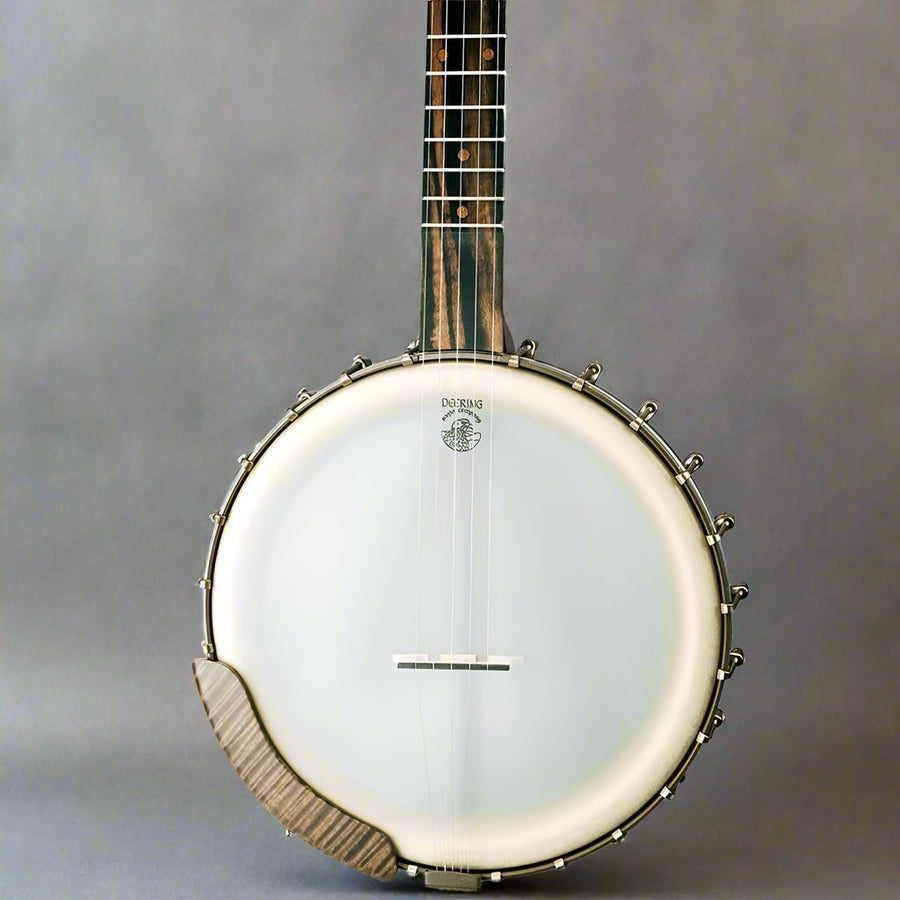
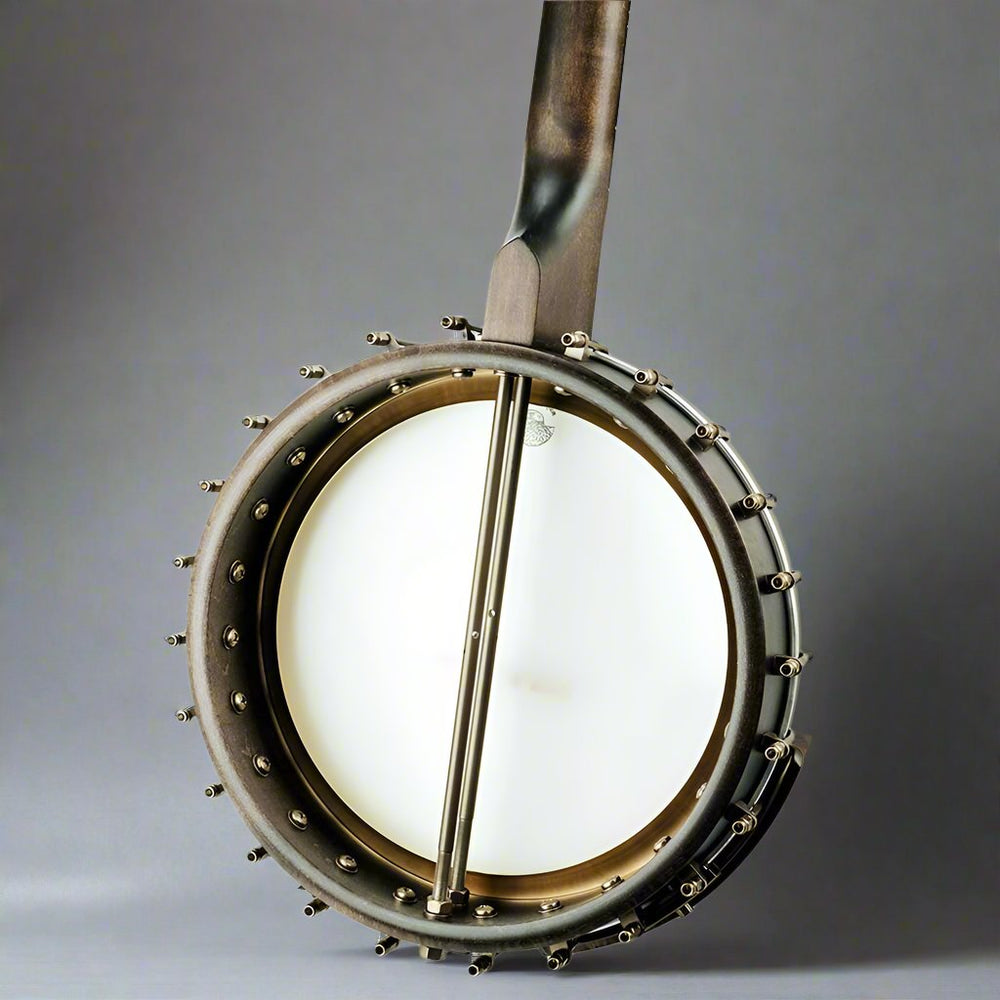
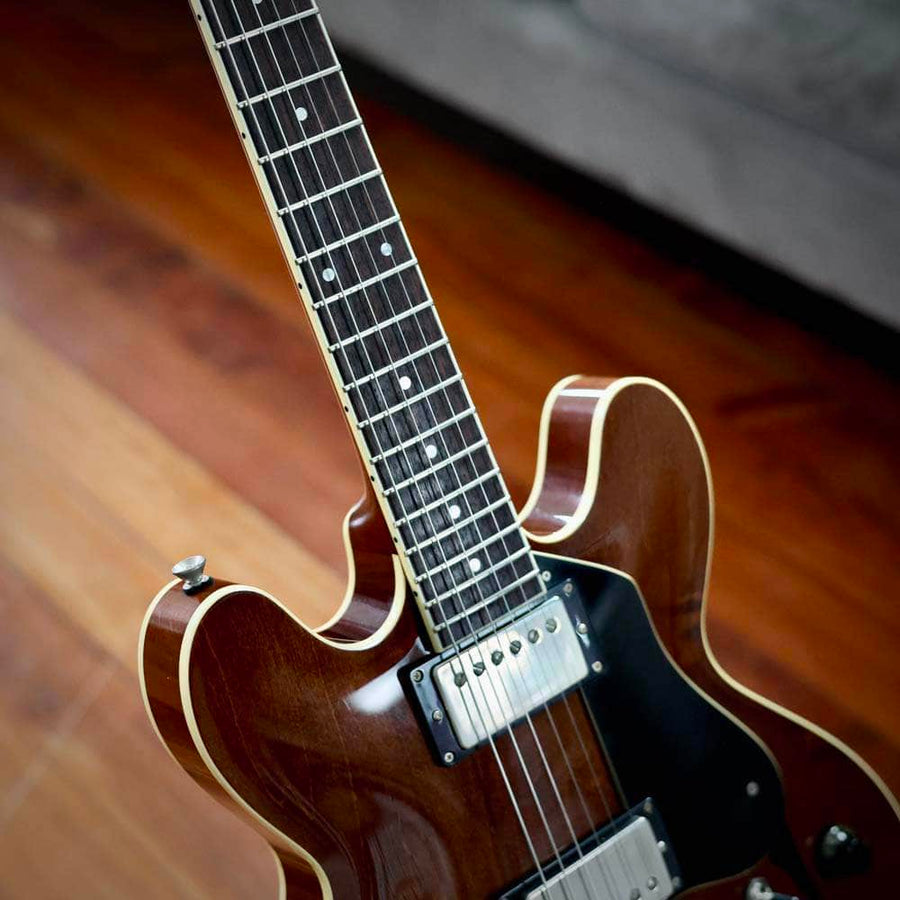
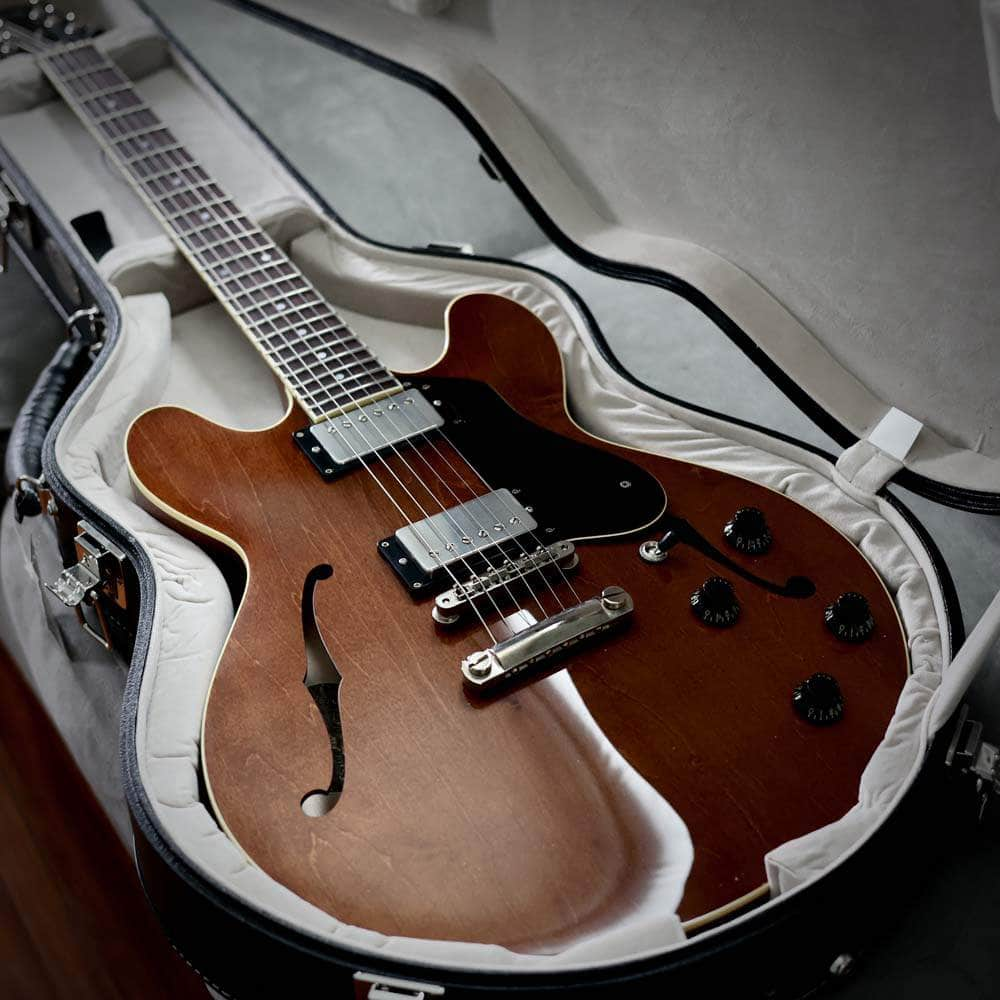
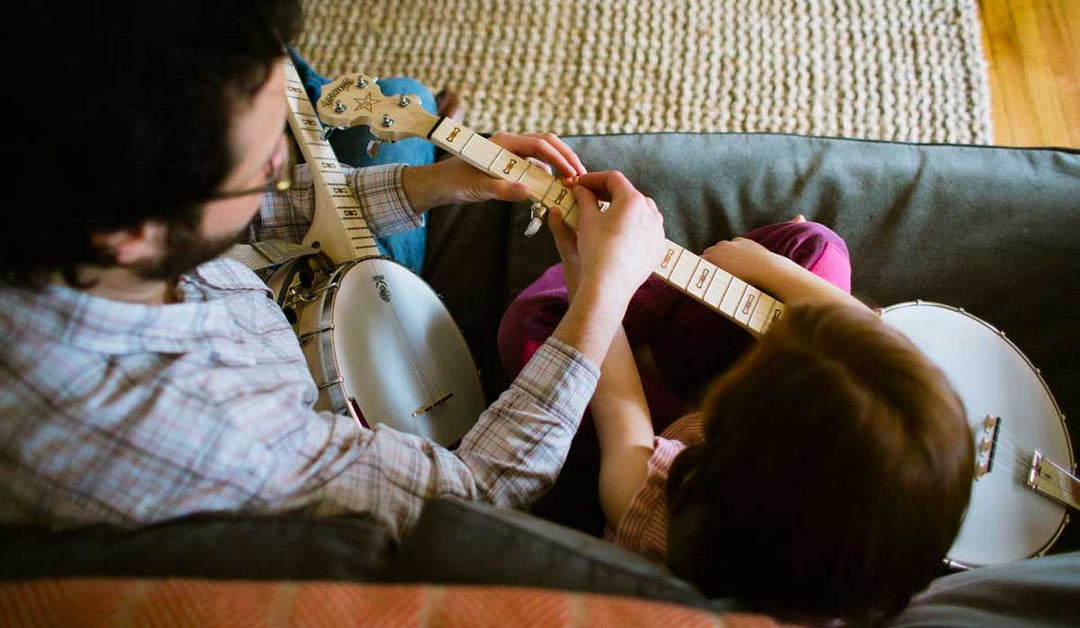



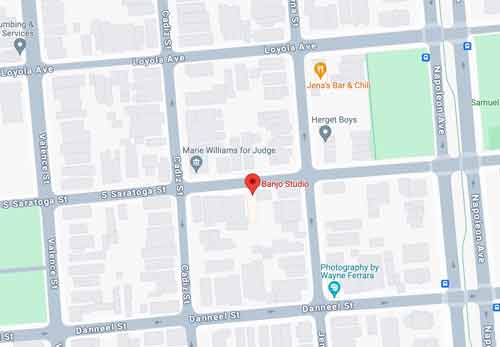
Leave a comment